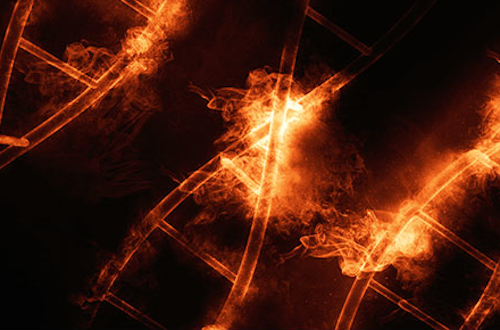MOLECULAR AGGREGATES

Experiments have shown that chiral organic molecules can act as electron spin filters, an effect termed chiral-induced spin selectivity. The lack of a theoretical explanation for its origin and the availability of only indirect evidence for the spin polarization has hampered its development though.
Feature papers
M. A. Sierra, D. Sánchez, R. Gutierrez, G. Cuniberti, F. Domínguez-Adame and E. Díaz
Biomolecules 10, 49 (2020)
The helical distribution of the electronic density in chiral molecules, such as DNA and bacteriorhodopsin, has been suggested to induce a spin–orbit coupling interaction that may lead to the so-called chirality-induced spin selectivity (CISS) effect. Key ingredients for the theoretical modelling are, in this context, the helically shaped potential of the molecule and, concomitantly, a Rashba-like spin–orbit coupling due to the appearance of a magnetic field in the electron reference frame. Symmetries of these models clearly play a crucial role in explaining the observed effect, but a thorough analysis has been largely ignored in the literature. In this work, we present a study of these symmetries and how they can be exploited to enhance chiral-induced spin selectivity in helical molecular systems.
